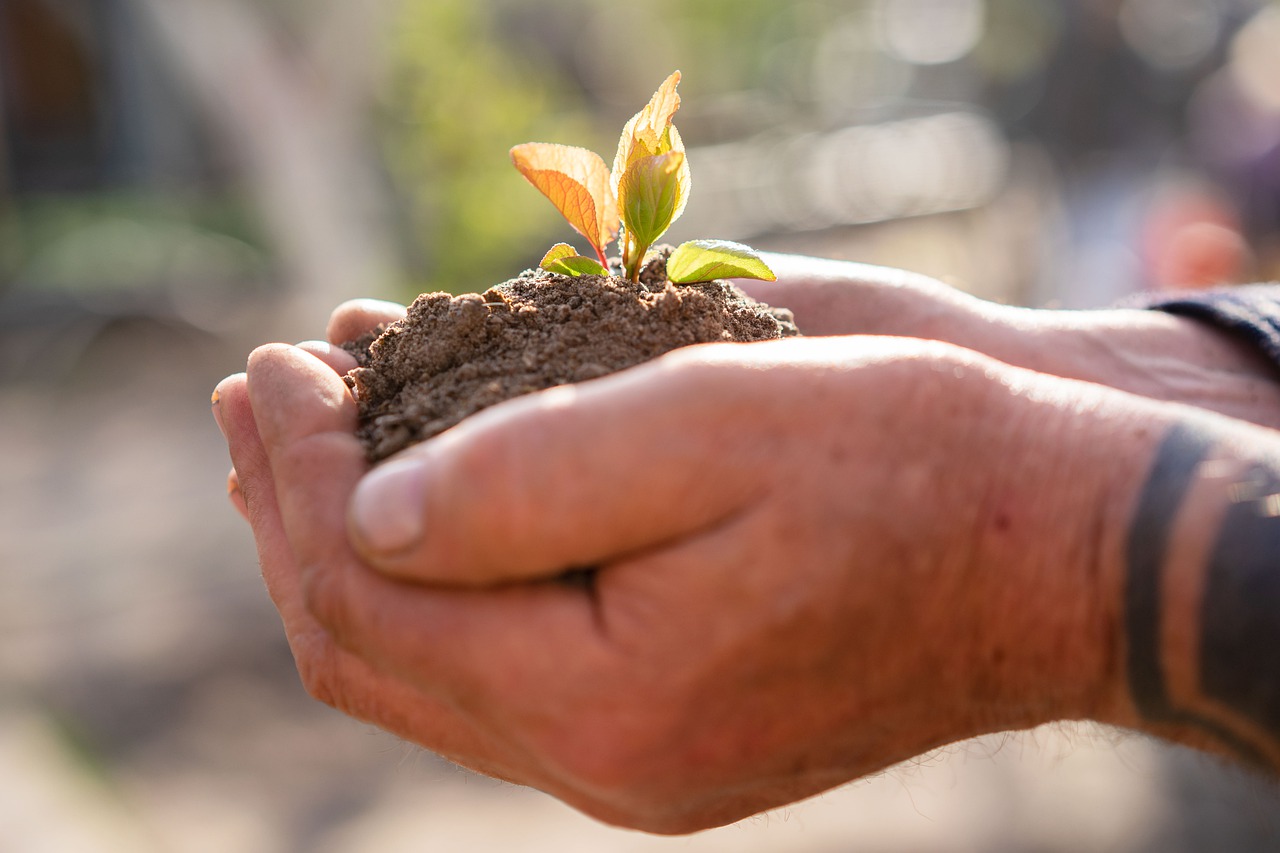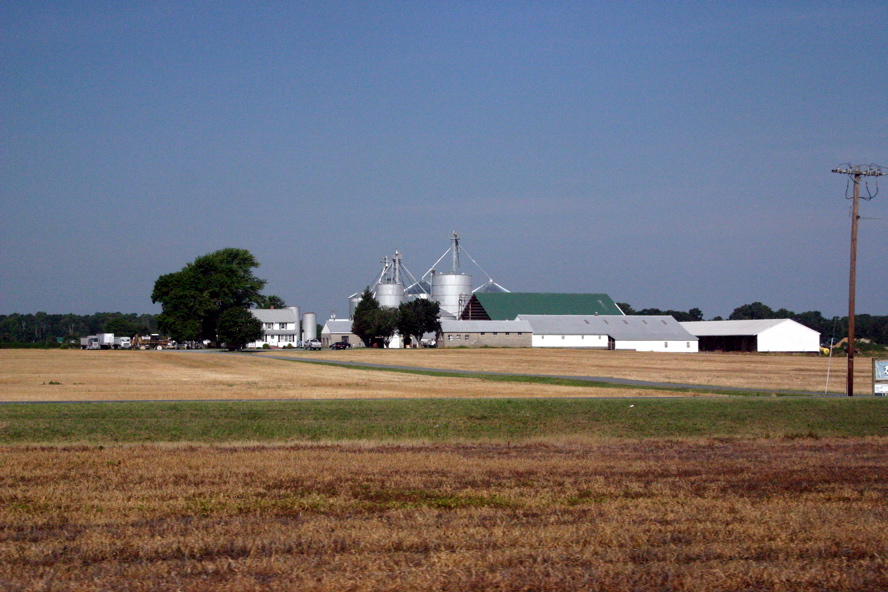Samantha Fairbanks is a student at the University of Maryland Francis K. Carey School of Law. Mariah Campbell is a student at the University of Maryland College Park. They are both guest contributors to this blog.
Increased levels of greenhouse gasses (GHG), namely carbon dioxide, in the atmosphere is projected to have devastating impacts on the agricultural industry. This may occur in the form of higher temperatures, weed and pest proliferation, and/or changes in precipitation patterns. The 2023 Farm Bill is an opportunity for Congress to help reduce Agriculture’s contribution to GHG greenhouse gas (GHG) emissions. To do this, FBLE’s Climate & Conservation report recommends the Farm Bill includes support for voluntary carbon banking and incentivizing farming practices that promote carbon sequestration.
One way the next farm bill can promote carbon sequestration is by establishing more support structures for farmers participating in carbon markets. Carbon markets require the use of sustainable farming practices, such as planting a winter cover crop and reducing tillage, to sequester carbon in the soil. Through carbon markets farmers can generate sellable credits by quantifying the carbon stored in their soils. The FBLE report clarifies that there are two types of carbon markets: compliance and voluntary. In the compliance market, entities are required by law to reduce carbon dioxide emissions. However, a national compliance market has not been established. Voluntary carbon markets are private businesses that facilitate the sale and purchase of “carbon credits” to corporations, entities, etc. who wish to mitigate the impact of GHG emissions and achieve carbon reduction goals such as net-zero pledges.
The 2023 Farm Bill provides an important opportunity to support farmers trying to participate in carbon markets through increased research and technical support. Given the significant costs of quantifying and verifying carbon credits, carbon markets are not currently able to offer farmers carbon credit prices that encourage wide scale participation. One recommendation to support carbon markets is to authorize the United States Department of Agriculture (USDA) to provide technical support to farmers to make it easier for them to participate in voluntary carbon markets. Such efforts could be particularly useful for small and socially disadvantaged producers. Additionally, USDA could ensure that agricultural extension and land grant institutions are able to advise farmers on the adoption of underlying practices and the programs available to support them in transitioning to these new practices.
In 2021, the Growing Climate Solutions Act (GCSA), a bill that proposed USDA take a more active role in supporting carbon markets, passed through the Senate with bipartisan support, however, it has remained stalled in the House. The Act aims to give landowners resources from the USDA to learn more about the voluntary opportunities they may wish to pursue. Additionally, the law would help provide access to expertise that can help farmers implement practices to sequester carbon or reduce greenhouse gas emissions. The Act also would create a USDA certification program to help solve technical entry barriers for farmers, ranchers, and forest landowners to access revenues for climate-smart practices. As the GCSA has not moved forward, the 2023 Farm Bill may be the most ready opportunity to address carbon markets in the near future.
Promoting Carbon Sequestration by Maximizing the Conservation Impact of Existing USDA Programs
The Farm Bill can also promote carbon sequestration by enhancing existing programs that provide financial support to landowners through direct payments, crop insurance subsidies, and conservation programs. These programs and opportunities to revise/enhance them are discussed in greater detail in FBLE’s Climate & Conservation Report.
Recently, the USDA has announced an initiative to begin quantifying climate benefits as a part of the Conservation Reserve Program (CRP) contracts. This program is working towards tracking actual carbon sequestration results allowing for a new system of outcome-based incentives. The Farm Bill is an opportunity to continue this effort towards creating conservation programs focused on outcome-based incentives rather than theoretical.
Currently, the conservation stewardship program (CSP) is one of the most comprehensive federal conservation opportunities. Despite this, the 2018 Farm Bill significantly decreased funding for the program. In the upcoming Farm Bill, Congress has the opportunity to refund – and reform – the CSP. CSP’s approach generates a greater environmental impact and has the potential to enhance agricultural climate resilience. In the next Farm Bill, it would be beneficial for Congress to restore CSP funding and roll-out an enhanced version of this program that targets carbon sequestration practices, such as no-till farming and increased perennial agriculture.
In addition, the Farm Bill provides substantial support for farmers through premium subsidies for crop insurance. To maintain eligibility for these programs, producers must comply with certain conservation standards. Compliance with these standards is critical in mitigating the environmental impacts of agriculture. In the Farm Bill, Congress can expand these requirements to include sustainable and effective carbon management practices.
Agriculture has the potential to capture significant quantities of carbon and bring the United States forward in the fight for climate resilience. However, to do this, it is necessary for Congress to prioritize the implementation of climate-focused agricultural practices in the 2023 Farm Bill.
The views and opinions expressed on the FBLE Blog are those of the authors and do not necessarily reflect the official policy or position of FBLE. While we review posts for accuracy, we cannot guarantee the reliability and completeness of any legal analysis presented; posts on this Blog do not constitute legal advice. If you discover an error, please reach out to contact@farmbilllaw.org.


